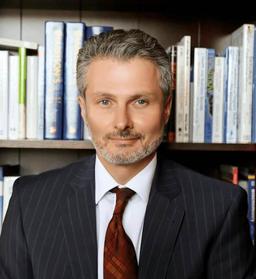Over the past 30 years, Autism Spectrum Disorder (ASD) has gone from a rare and obscure medical curiosity to a common developmental disorder affecting millions of American children. Conventional medical and psychiatric treatments are limited to therapy and a handful of minimally effective drugs. But decades of research and clinical practice from a small group of dedicated practitioners has shown that autism is, in fact, treatable.
ASD affects 1 in 59 children and now comprises 1 percent of the whole population of the United States. Lifetime cost over the entire lifespan of each autistic individual is estimated at nearly $2 million per person. Thirty-five percent of young adults with ASD are unable to work and are dependent on family or public services for survival. Prevalence is projected to increase 15-25 percent in the coming decade, making all these figures even worse. The average American gives this problem very little attention until it enters their lives through an affected family member. At this rate, a larger and larger proportion of Americans will be thinking about it soon.






